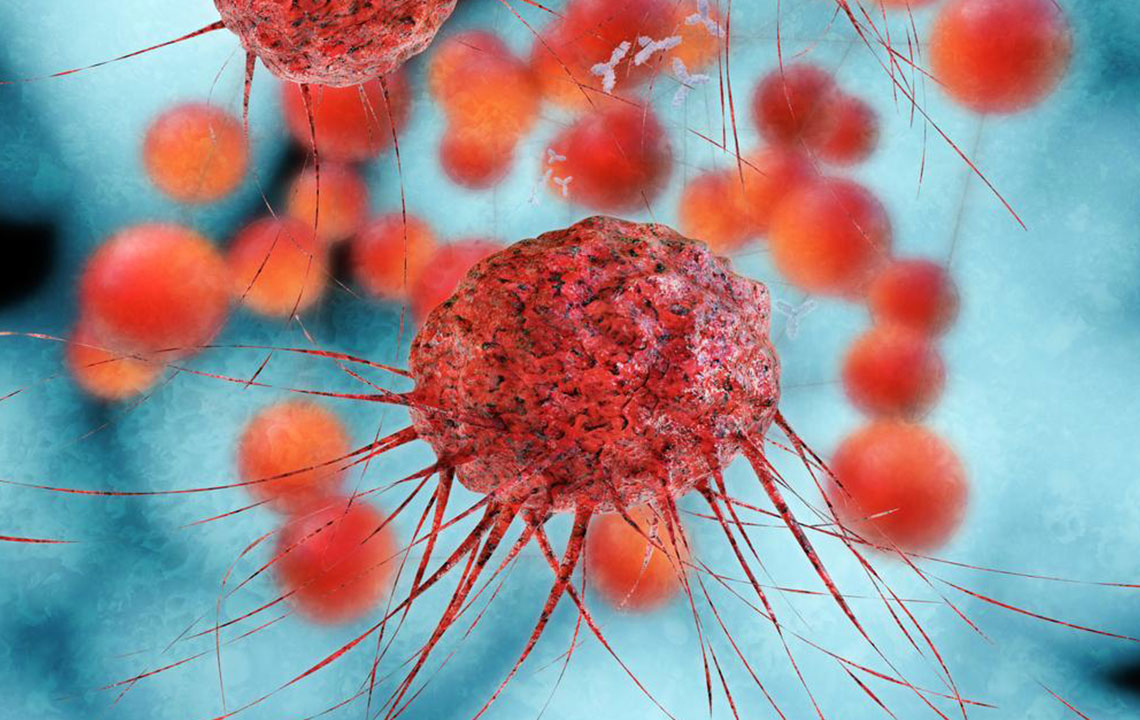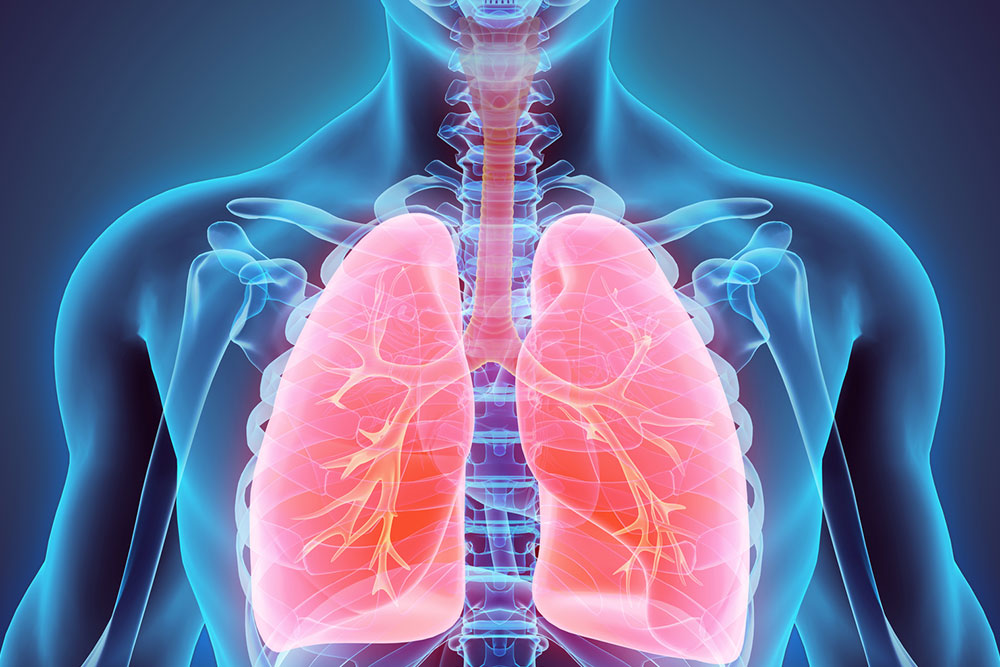Comprehensive Guide to Recognizing and Managing Advanced Breast Cancer
This comprehensive article explores the key indicators and symptoms of advanced breast cancer, emphasizing the importance of early detection and targeted management strategies. It details how metastasis affects organs like bones, brain, liver, and lungs, highlighting signs to watch for and the critical role of timely intervention. The piece also discusses genetic and lifestyle factors influencing disease progression, offering insights into prevention and coping mechanisms for patients. With ongoing advancements in treatment, awareness remains essential for improving prognosis and quality of life for those affected by metastatic breast cancer.

An In-Depth Look at Advanced Breast Cancer: Indicators, Symptoms, and Management Strategies
Cancer continues to be one of the most daunting health challenges worldwide, claiming millions of lives each year. Among various types, breast cancer ranks as one of the most prevalent, especially affecting women. While early detection through screening and timely treatment options such as surgery, chemotherapy, and targeted therapies can often lead to successful outcomes in initial stages, the progression to advanced or metastatic breast cancer presents significant hurdles. At this stage, the disease often becomes incurable, profoundly impacting patients' quality of life. Understanding the key indicators and manifestations of advanced breast cancer is crucial for early intervention, better management, and improved prognoses.
Metastatic breast cancer, also known as stage IV breast cancer, denotes the point at which malignant cells have spread beyond the primary tumor in the breast to distant organs such as bones, lungs, liver, or brain. Though it affects other parts of the body, it remains classified under breast cancer, necessitating specialized and targeted treatment approaches. The transition from localized to metastatic cancer typically results from genetic mutations within the tumor cells, which promote uncontrollable growth and dissemination. These mutations can be influenced by genetic factors, lifestyle choices, and environmental exposures.
Genetics play a pivotal role in determining an individual’s predisposition to developing metastatic breast cancer. Women with specific genetic backgrounds, or those with family histories of breast or ovarian cancers, are at heightened risk. Hormonal factors are also central; women who experience early onset of menstruation, delayed childbirth, or menopause after age 55 have increased hormonal exposure, which correlates with higher breast cancer risk. Moreover, lifestyle choices such as excessive alcohol consumption, smoking, poor diet, obesity, and sedentary habits significantly contribute to disease development and progression. Without prompt and effective treatment, initial lumps or abnormalities detected in the breast can evolve into metastatic disease, spreading aggressively to other organs over time.
Recognizing the signs and symptoms of metastatic breast cancer is fundamental for early diagnosis and effective management. The clinical manifestations vary depending on which organ is involved—be it bones, brain, liver, or lungs. Awareness of these signs can lead to earlier intervention, potentially prolonging survival and improving quality of life.
Let’s explore the common indicators associated with metastasis to these critical organs:
Bone metastasis signs
When breast cancer spreads to bones, patients often experience significant symptoms such as persistent bone pain, swelling, and increased fragility of bones, which can lead to fractures even with minor trauma. Swelling near the affected bones, sometimes noticed as lumps or tenderness, may also be observed. In advanced cases, the collapse of vertebrae can cause nerve compression, leading to neurological symptoms like numbness or weakness.Brain metastasis indicators
Metastasis to the brain manifests through neurological symptoms, including frequent and severe headaches, seizures, visual disturbances, dizziness, and behavioral or personality changes. Patients might also report persistent nausea and vomiting. These signs often require urgent neurological evaluation to confirm metastasis and begin appropriate treatment.Liver metastasis signs
Liver involvement can produce symptoms such as jaundice (yellowing of the skin and eyes), dark urine, and pale stool. Elevated liver enzymes detected via blood tests, along with symptoms like abdominal pain, nausea, loss of appetite, and unexplained weight loss, often signal liver metastasis. Skin rashes and itching may also occur due to systemic effects of liver dysfunction.Lung metastasis symptoms
When the lungs are affected by metastatic disease, patients commonly experience shortness of breath, persistent coughing, chest pain, and fatigue. Sometimes, blood may be present in coughs (hemoptysis). As the disease progresses, respiratory difficulties become more pronounced, impacting daily activities considerably.While treatment strategies for metastatic breast cancer focus primarily on symptom relief, prolonging survival, and maintaining the patient’s quality of life, emotional and psychological support are equally vital. Support from family, friends, and mental health professionals helps patients cope with the physical and emotional challenges posed by this advanced stage of cancer. Advances in targeted therapies, immunotherapies, and palliative care continue to improve outcomes, but prevention, early detection, and awareness remain central to reducing the burden of metastatic breast cancer.





